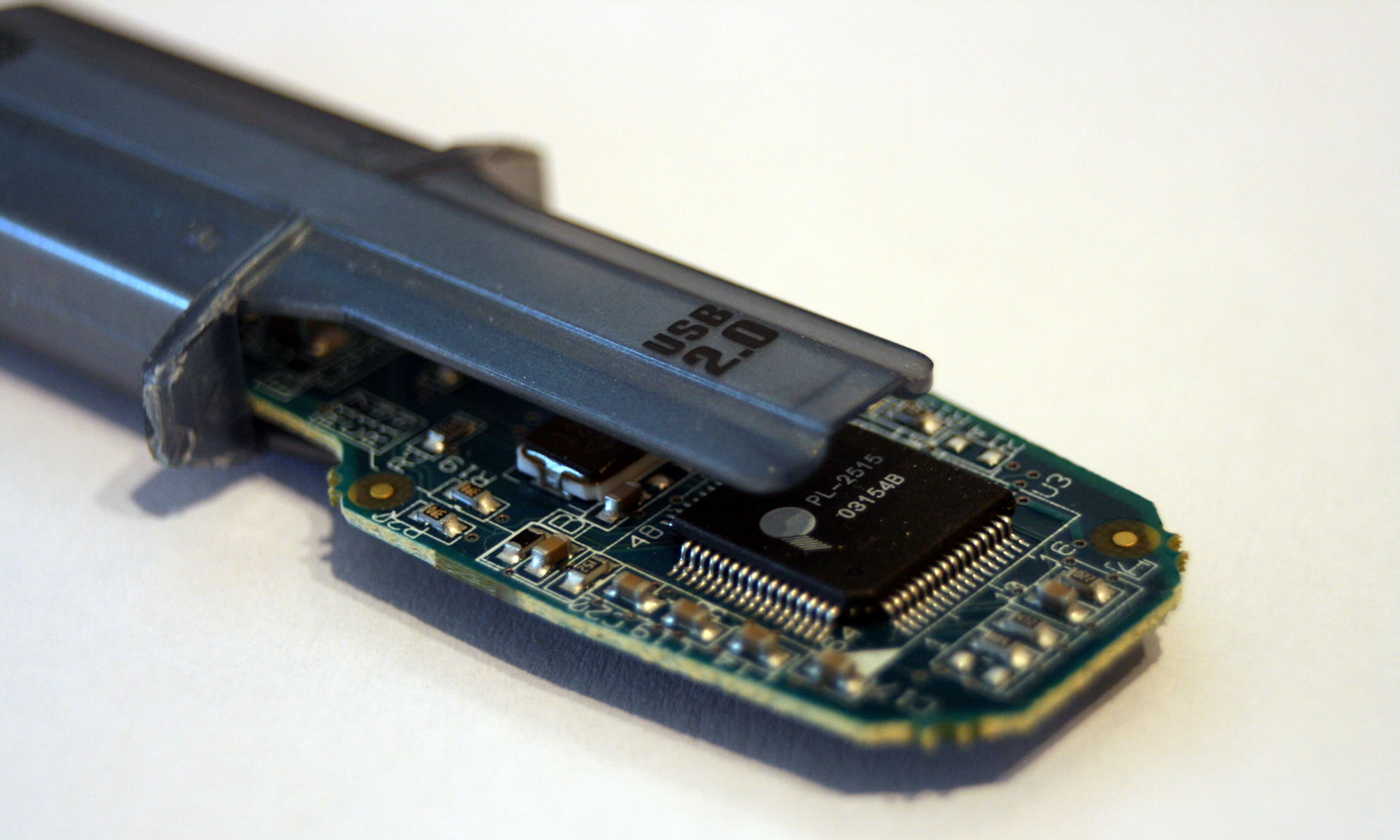Hood 2.0: it’s a Web 2.0 world out there
This workshop will explore how using Web 2.0 can rethink the digital divide.
Gloucestershire College has been using Web 2.0 to enhance and enrich the learning process for a wide variety of learners across the breadth and depth of the curriculum. They have developed a range of learning scenarios and activities that are integrated into the learning process and support a diverse range of learners.
This workshop will demonstrate how Web 2.0 can be used to solve some of the issues facing diverse learners in this era of Facebook. YouTube, Twitter and then some…
The concept of Web 2.0 services in addressing the tensions between formal and informal learning, and empowering learners to take responsibility for their own learning will be examined. Then, how we need to address the pedagogical needs to drive the use of Web 2.0 services and not be blinded or awed by the technology of Web 2.0, will be explored.
During the workshop participants will be able to discuss and debate different learning scenarios and activities which utilise Web 2.0 services. Web 2.0 services will be used to demonstrate these scenarios.
Participants will discuss and debate these scenarios in small groups, covering how they could be utilised within their own institutions, examining the potential conflict between formal learning scenarios and the informal learning scenarios that Web 2.0 offers.
The groups will also discuss how the pedagogy needs to drive the scenarios and not the technology and address how Web 2.0 can empower learners to take responsibility for their own learning. Each group will provide feedback through either a blog entry, an audio podcast or a video presentation. These will then be made available online to allow participants to comment and continue the discussion beyond the workshop, and also allow other conference delegates to participate in the discussion.
After the workshop, the participants will have a greater understanding of the role of Web 2.0 in addressing the digital divide.
They will have considered how Web 2.0 can help resolve the tensions between formal and informal learning; discussed how Web 2.0 technologies in themselves mustn’t drive the learning, but support the pedagogy; and debated how Web 2.0 can empower learners to take responsibility for their learning.
The participants will have presented the results of their discussion and debate, through the use of a variety of learning technologies, to other participants and to other conference delegates.
I ran the workshop at ALT-.
Session seemed to go well though I did have about sixty people in a long narrow room.

The feedback from the session can be found here:
http://altcworkshop.blogspot.com/
Please feel free to add comments to people’s blog posts.
Other stuff from the workshop can be found on
Flickr
http://flickr.com/photos/jamesclay
Qik
Seesmic
Jaiku
http://molenet.jaiku.com/
Recorded Gabcast podcasts from my sessions at #altc2008 today. They are online now at http://tinyurl.com/hood2feedback
A few comments from other people’s blogs and links mentioned as part of feedback.
http://www.projectwhite.com/tag/altc2008/
http://www.scribd.com/doc/2286799/Can-we-use-Twitter-for-educational-activities
http://onlinejournalismblog.com/2008/04/04/live-reviewing-a-book-on-twitter-here-comes-everybody-by-clay-shirky/
and here’s a reflection
http://onlinejournalismblog.com/2008/04/07/twitter-reviewing-some-reflections/
http://ashleywright.org/2008/09/09/hood-20-its-a-web-20-world/
http://www.projectwhite.com/tag/altc2008/ – loads of stuff , excellent
Thanks everyone, some great feedback and ideas.

